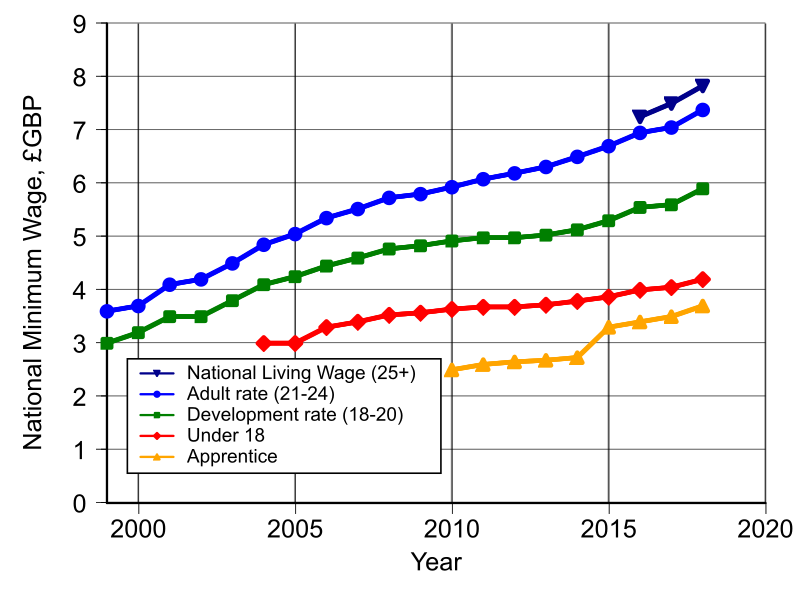U.S. Stock Market Rises Amid Geopolitical Tensions and Fed Meeting

On June 18, 2025, U.S. stock markets experienced an upturn as traders remained vigilant regarding ongoing geopolitical developments in the Middle East and anticipated the Federal Reserve's upcoming monetary policy decisions. The Dow Jones Industrial Average rose 161 points, or 0.4%, while both the S&P 500 and Nasdaq Composite registered gains of 0.4% and 0.6%, respectively. This rebound in stock prices was notably influenced by President Donald Trump's remarks indicating that Iran had expressed willingness to negotiate, potentially easing escalating tensions between the two nations.
In a press briefing, Trump stated, "They want to negotiate. They even suggested that they come to the White House. That’s courageous. It’s not easy for them to do." These comments followed a period of heightened concerns as the conflict between Israel and Iran intensified, with the situation described as entering its sixth consecutive day of hostilities. Iran's Supreme Leader, Ayatollah Ali Khamenei, responded to U.S. threats by asserting that any military intervention would result in "irreparable damage" to the United States, emphasizing that Iran would not yield to external pressures.
The Federal Reserve is expected to maintain current interest rates, with its decision anticipated around 2 p.m. ET. Investors are particularly focused on the post-meeting comments from Fed Chair Jerome Powell, as they hope to glean insights into future monetary policy directions. Historically, the Fed has been cautious about altering rates in response to geopolitical tensions, favoring stability in the markets.
Zachary Hill, head of portfolio management at Horizon Investments, commented on the market's resilience in the face of geopolitical risk: "The market just seems very keen to fade geopolitical risk. That has been historically the right thing to do, so I think that’s kind of what’s driving us so far today." This sentiment reflects a broader trend where investors are increasingly willing to overlook risks associated with international conflicts in favor of potential economic recovery signals.
Further complicating the economic landscape, recent reports from JPMorgan highlighted the impact of tariffs on consumer behavior, suggesting that the early-year boost in economic activity is beginning to fade. Nora Szentivanyi, a global economist at JPMorgan, noted that data for May showed a decline in industrial production by 0.2% and a drop in retail sales by 0.9%, indicating that the effects of tariffs are starting to materialize in economic indicators.
In addition to the Fed's meeting, recent economic reports revealed that housing starts have hit a five-year low, dropping 9.8% from April to a seasonally adjusted annual rate of 1.256 million, as reported by the Commerce Department. This downturn in the housing sector further underscores the potential challenges facing the U.S. economy amidst fluctuating consumer confidence and external pressures.
As the Federal Reserve prepares to communicate its stance on interest rates, analysts predict that the central bank will maintain a cautious approach. Aditya Bhave, an economist at Bank of America, stated, "The Fed's main message at the June meeting will be that it remains comfortably in wait-and-see mode."
In summary, while U.S. stocks have shown resilience in light of geopolitical tensions and the looming Fed meeting, underlying economic indicators suggest caution. The interplay between international relations, domestic economic policy, and market expectations will continue to shape the financial landscape in the coming weeks.
Advertisement
Tags
Advertisement





